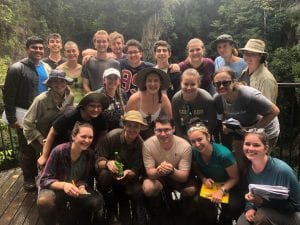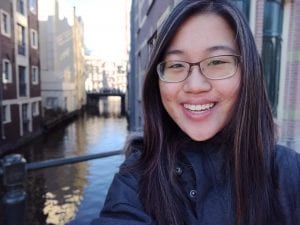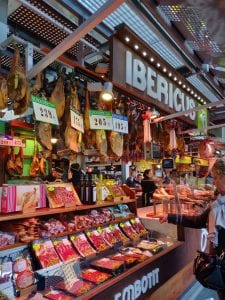The first two weeks have all been the unexpected. Siggy, one of our Professors, told us that the only thing that is predictable here is its unpredictability. The program is a lot more studious than I originally thought but that only makes me like it more. The staff seems really passionate and I can tell that I will learn a lot.
The most memorable experience so far was Green Island. The ocean is the thing about environmental science that I am most passionate about. It was nothing like I expected, it was a lot more touristy that I had imagined but the Great Barrier Reef left me in awe. Swimming next to green sea turtles will always be something I will remember. Thanks to Reef Teach I was able to notice smaller details that I would normally have glanced over, and I frequently caught myself duck diving and investigating smaller areas that most people may have over looked. The tiny trigger fish were amazing to watch as they filtered through the sand, as were the flatworms that sat on the boulder coral.
The MY (local aboriginal groups) country was equally entertaining, but not as fulfilling due to my attraction with the Ocean. We learned about many of the practices that they established with the local flora and fauna. There were many plants that smelled like fruits or herbs that were not local to Australia, but thanks to their unique smell, they were able to be used in cooking as substitutes. The 3D map structure was astonishing due to the fact that it was so detailed and accurate. The locals were able to make many local plants that were normally fatal if consumed, edible by processing them in certain ways. I was very curious about the seeds that are so high in caffeine that they can be deadly. The ancient hunting and throwing weapons were really interesting to see firsthand, especially once we found out how the bullet arrow is sometimes even used in an artistic display of athleticism and timing.
Within the third and fourth weeks, we had a homestay sandwiched between FEX (Field Exercise) writing and data collection, the homestays were a great way to learn about how locals thought and behaved. Our homestay host was very nice and took us to many scenic views around the Atherton Tablelands. One place that I really enjoyed was the Café that he has partial ownership in. The people there were very hippy like, and very welcoming. I talked to a few locals of Ravenshoe and learned about their individual paths to arriving where they did. Many of the people there figured that due to climate change, the mountains were the best place to be for various reasons.
We were also given the task of surveying local residents of Atherton, Malanda and Tolga, about littering along the Gillies Highway. I was in the group that went to Malanda. Littering was the topic of the survey because the areas are all within the Barron River catchment that feeds water into Cairns, a tourist city next to the Great Barrier Reef. Malanda was a fairly small town, with friendly people and strong sense of community. The type of surveying we did was convenience cross sampling, meaning we asked the first people that we encountered in various locations if they could spare some time to help us fill out a survey. The demographics of the area had an average age above fifty. Malanda was originally a logging area when the Europeans arrived, but has since been used for the dairy industry due to the ban on logging in the World Heritage Area (WHA) and the open fields that remained.
– Parker Torres with the School for Field Studies in Far North Queensland
*Pictures Taken by Caitlin Reilly of the School for Field Studies & Provided to SMU Abroad by the School for Field Studies












